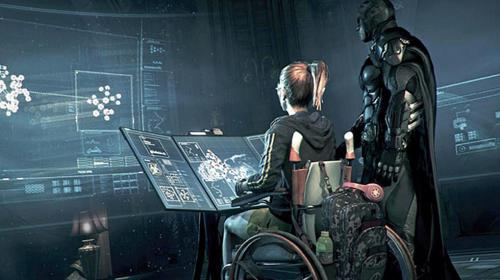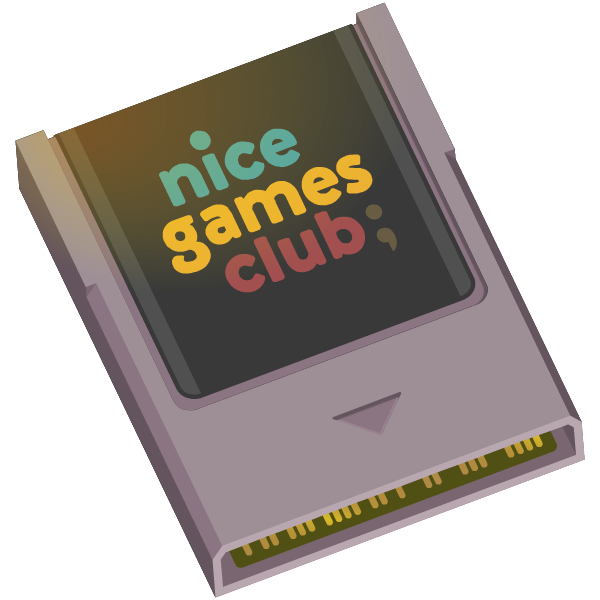
Our episodes are sometimes released out of order, but in this case it's worth pointing out because this one was recorded over a month ago, before nationwide social distancing measures were recommended to reduce the spread of COVID-19. This is why your nice hosts seem to be back in the clubhouse after a few weeks of remote podcasting. But, like most things, it's merely an illusion of calendar math!
This week, your nice hosts put together a design document for a co-op game of corporate espionage. Martha wants to crawl through vents, Mark wants low stakes moral choices, and Stephen wants everyone to yell at everyone.
Premise
- Two players, who are a team of freelance infiltrators.
- One player is out in the field doing their thing (1st-person perspective).
- One player is a hacker at home base, providing assistance to the field player (in VR).
- Spy theme, corporate espionage.
- Field player observes the scene, gathering information for the hacker so they can do the hacking.
- Field player does some deduction, but they are playing an action game, while the hacker player is playing a puzzle game..
- Hacker is doing their hax from a kind of holographic computer interface (Minority Report-esque perhaps). They do not see what the field player sees directly, but have many resources at their disposal (camera feeds, scanning tech, etc)
- Hacker manages resources and allocates mechanical abilities to the field player based on mission requirements and moment-to-moment events.
- Game is a series of missions, Hitman-style, selected in any order. Each mission contributes to a larger narrative of rival companies/factions.
Pre-Mission
Players see information about future missions, the team chooses the next mission, but the hacker player literally picks it, opening up potential conflict between players.
Throughout the campaign, various moral choices can crop up. The team can choose their missions based on which client they support, or they can chose to become double agents, thwarting their client's goals.
Example Mission
Infiltrate a restaurant that actually is a complicated science lab to steal a secret recipe.
- First task: sneak past into the entrance of the lab:
- Hacker player needs to manipulate orders and customers so that few people see the field player.
- Field player observing the state of play in the restaurant and doing the actions.
- Second task: get past a bunch of lasers.
- Hacker player can take out some lasers and protect the field player using shields.
- Field player gets past the lasers through first-person platforming actions.
- Third task: get the recipe.
- Field player is sneaking past guards or other security obstacles.
- Hacker player is opening vault with the recipe and doing stealth gadget things.
- Getting to the recipe, do you steal the recipe or copy the recipe down?
- Do you want to simply defeat opponents, or destroy them?
- As with mission selection, one player (the field player in this case) literally makes the call, but the game encourages the team to choose their course of action together.
- Last task, get out of restaurant
- Option for field player: could sneak through vents, or take the same way out, or run past guards in a mad dash to escape.
- In the case of a "stealth fail state," hacker player must hacking frantically to resolve the situation quickly (i.e.: convincing the guards it was a false alarm, disabling the lights to give the field player time to hide, etc), while field player is explicitly avoiding conflict.
